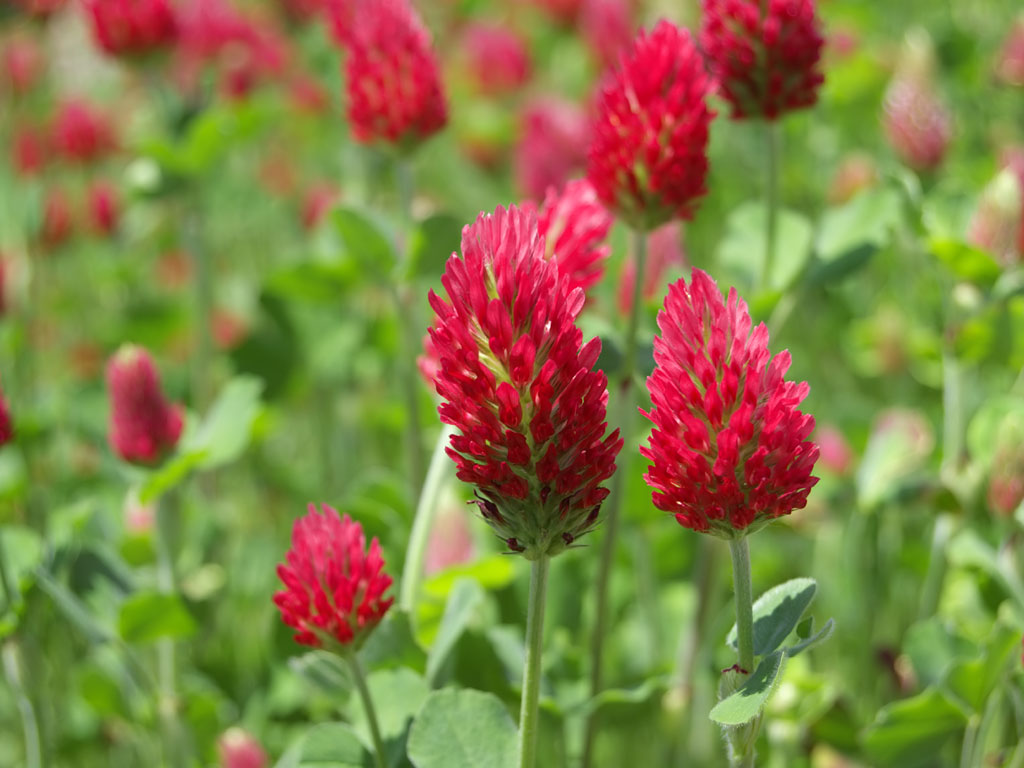Aerobic composting is a very unique method of converting the wastes into humus.
Materials required
The wastes can be categorised into two types,
1. Nitrogenous: The materials with high nitrogen content e.g. Green plant materials, kitchen wastes, dung and animal manures etc.
2. Carbonaceous: These are the more stable materials having high carbon content e.g. straw, dried leaves and crop residues after harvest, dried seaweed etc.
Size of the heap
The size of the heap should be 5 metres length, 2 metres width, and 1-1.5 metres height. The length can be extended based on the availability of materials. Such extended heaps are called windrows.
Method
1. Clean the area by removal of grass and other weeds with a spade.
2. Mark the area 5 m lengthwise and 2 m width.
3. An inverted ‘V’ channel is made with the help of dried stacks/ stones/bricks at the centre of the marked area running lengthwise. This tunnel will facilitate aeration.
4. Spread all the carbonaceous materials above the inverted ‘V’ shaped tunnel within the demarked area (5 m length x 2 m width) to a height of 15-30 cm.
5. Cow dung slurry or biogas slurry is spread over the carbonaceous layer in a very thin layer.
6. Over the slurry, the nitrogenous materials are evenly spread to a height of 15-30 cm
7. Again a layer of cow dung slurry or biogas slurry is spread over the nitrogenous layer.
8. Likewise a homogenous blend of carbonaceous and nitrogenous layers with dung slurry in between is made up to a height of 1.5 metres. On an average 40% carbonaceous and 60 % nitrogenous material are ideal.
9. The compost can be enriched with lime, rock phosphate or any such natural materials depending on the soil status.
10. The compost heap (5 m x 2 m x 1.5 m) is plastered with the slurry made out of equal proportions of cow dung and soil.
11. After 2 months turning the compost heap would enhance the composting process. However, there is no need to turn the heap. The compost would be ready in 2-3 months.

















